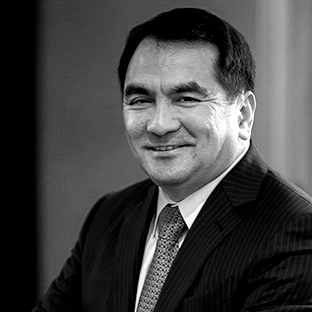Philippines – Strategic Investment Priority Plan.
The Board of Investments (BOI) announced on 21 January 2025, the issuance of Memorandum Circular (MC) No. 2024-08, introducing key amendments to the 2022 Strategic Investment Priority Plan (SIPP). These amendments aim to fortify the Philippine education sector by fostering international collaboration and promoting academic excellence, marking a significant step toward enhancing the nation’s workforce capabilities.
The SIPP serves as a three-year blueprint identifying economic activities eligible for fiscal incentives under the CREATE MORE (Corporate Recovery and Tax Incentives for Enterprises to Maximize Opportunities for Reinvigorating the Economy) Law. Initially approved by Memorandum Circular No. 61 in 2022, the plan is subject to review and amendment every three years.
The SIPP categorizes investment priorities into three tiers:
- Tier I: Covers activities such as health care and disaster risk reduction, environment or climate-change related projects, agriculture, innovation drivers, mass housing, renewable energy, and infrastructure.
- Tier II: Focuses on green ecosystems, health-related activities, defense-related activities, industrial value-chain gaps, and food-security related activities.
- Tier III: Highlights research and development, advanced manufacturing, and establishment of innovation support facilities.
The newly issued memorandum integrates updates in global industry trends and establishes guidelines for education cities and branch campuses in the Philippines, in line with the Republic Act (R.A.) No. 11448 or the Transnational Higher Education (TNHE) Act.
Key Provisions:
- Branch Campuses:
- Foreign Higher Education Institutions (FHEIs) are permitted to set up branch campuses in partnership with local entities.
- Local partners must be at least 60% Filipino-owned, ensuring adherence to constitutional limitations on foreign equity.
- Education Cities:
- Classified under “Infrastructure and Logistics” in the SIPP, education cities refer to contiguous areas designed for education facilities and auxiliary services.
- These cities include advanced digital infrastructure, research facilities, healthcare centers, athletic complexes, cultural hubs, and art facilities to create a holistic learning environment.
Workforce Development: Academe-Industry Matching (AIM!) Program
The BOI highlighted the alignment of these amendments with the Academe-Industry Matching (AIM!) Program, launched in November 2024. The AIM! Program is a workforce development initiative designed to bridge education and industry gaps. It comprises three pillars:
- Pillar 1: Basic Education (K4F)
It provides early interventions to guide students toward industry-relevant tracks. - Pillar 2: Skills Development (TRANSCEND)
In collaboration with the Technical Education and Skills Development Authority (TESDA) and training institutions, TRANsformational Skills-based Career ENrichment and Development (TRANSCEND) updates training regulations and offers industry-aligned skilling opportunities. - Pillar 3: Higher Education (ELEVATE)
Partnering with the Commission on Higher Education (CHED), the Enhance Learning Ecosystem and VAlue-adding Competencies Towards Employment (ELEVATE) program strengthens ties between businesses and higher education institutions to cultivate employment-ready graduates and support the TNHE Act.
Registered Business Enterprises (RBEs) involved in these education-related initiatives can access fiscal and non-fiscal incentives. The Fiscal Incentives Review Board (FIRB) has authority over projects exceeding ₱15 billion, while smaller projects fall under the jurisdiction of Investment Promotion Agencies (IPAs), such as PEZA, BCDA, SBMA, and CDC.







